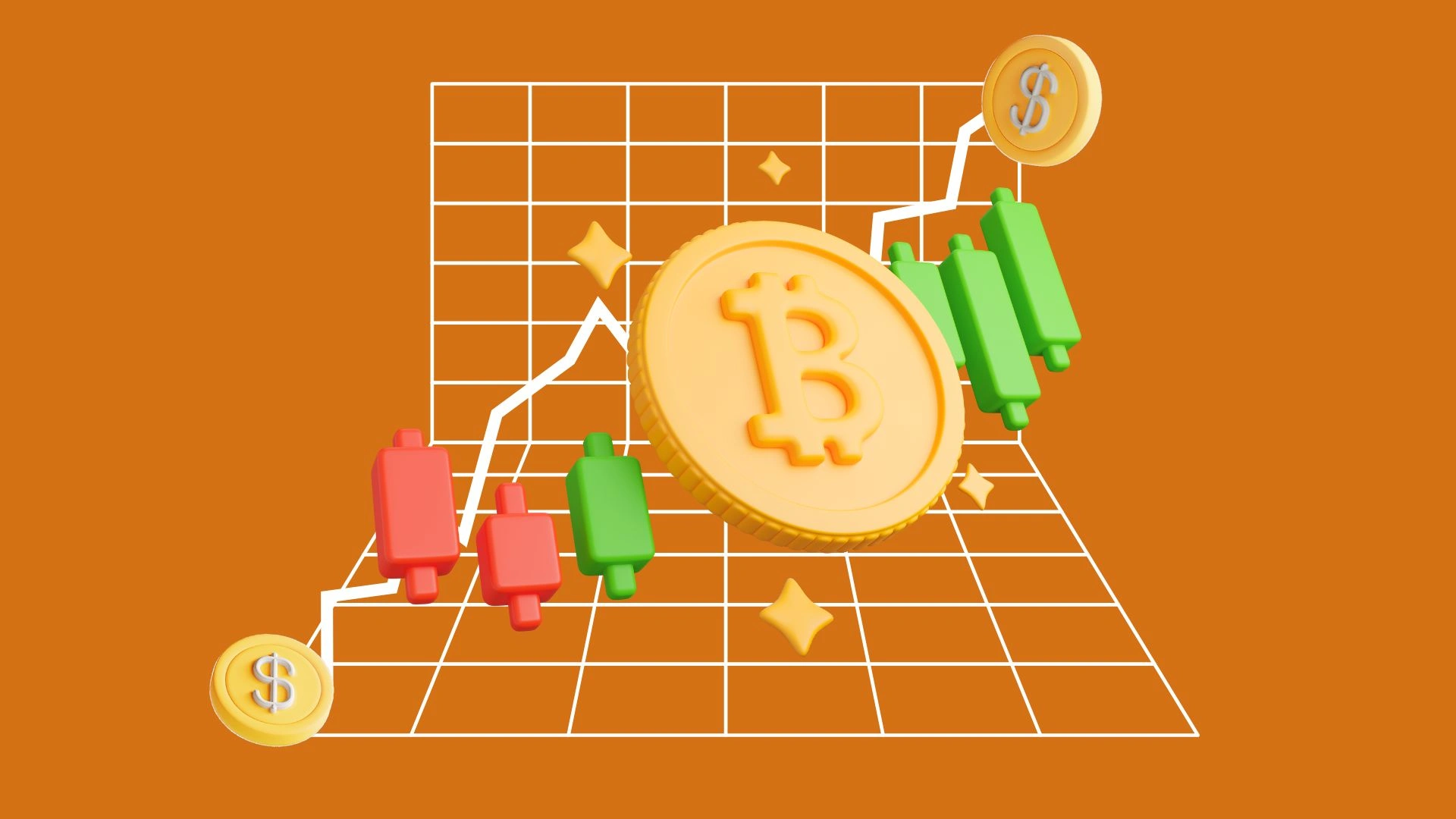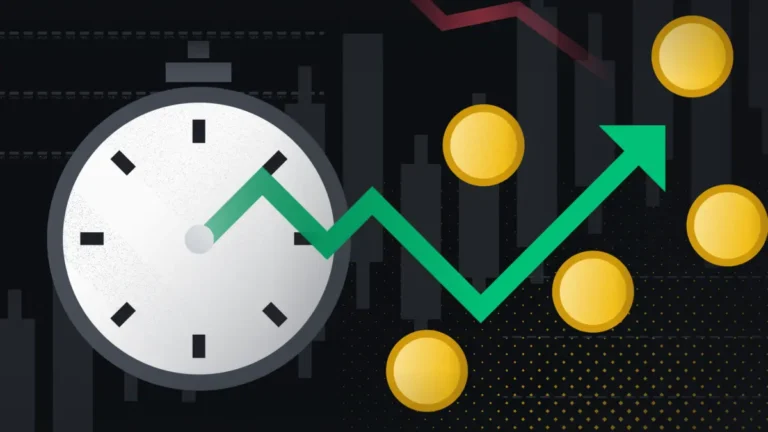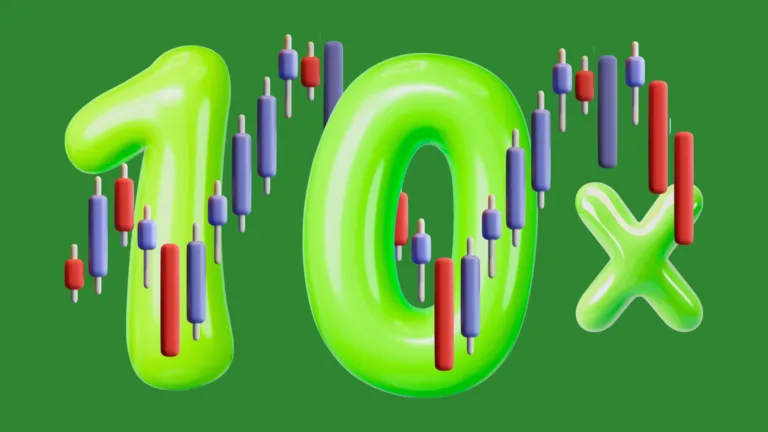Top 25 Bullish Candlestick Patterns in Crypto Trading
This comprehensive guide explores the top 25 bullish candlestick patterns that crypto traders should know in 2025, along with detailed strategies for determining entry and exit points for each pattern.
Key Takeaways:
Show25 Most Profitable Bullish Candlestick Patterns

Candlestick patterns are visual representations of price movements in the crypto market, commonly used in technical analysis.
Each candlestick typically illustrates the open, high, low, and close prices for a specific time period.
Traders use these patterns to identify potential trend reversals or continuations in market behavior.
The shapes and arrangements of candlesticks convey information about market sentiment, with patterns indicating bullish, bearish, or indecisive conditions.
Candlestick closures are crucial for trade validation, as until a candle closes, it can reverse on itself.
Waiting for confirmation through candlestick closures helps avoid unnecessary losses and can significantly boost your win rate in cryptocurrency trading.
By understanding the nuances of these 25 bullish candlestick patterns and practicing their identification in real market conditions, you can develop a more disciplined and potentially profitable approach to cryptocurrency trading.
1. Hammer Pattern
A hammer has a small body near the top with a long lower wick (shadow), indicating buying pressure overcoming selling pressure.
In Ethereum (ETH) trading, a hammer pattern can signal a potential reversal from a downtrend to an uptrend.
Traders often look for confirmation with a subsequent bullish candle before entering a long position.
Here are how to find the entry and exit point on these pattern:
- Entry Point: Enter after confirmation of the pattern with the next candle closing higher. This confirms buyers have control.
- Exit Point: Set profit targets at previous resistance levels or use trailing stops to capture extended upward movements.
2. Inverted Hammer Pattern
Features a small body with a long upper wick after a downtrend, indicating resistance but potential for upward movement. Trading Strategy:
- Entry Point: Wait for confirmation with a bullish candle following the inverted hammer before entering.
- Exit Point: Target the next significant resistance level, typically the next swing high in the previous downtrend.
3. Bullish Spinning Top Pattern
Has a small body with long wicks on both sides, showing indecision but weakening selling pressure after a downtrend. Trading Strategy:
- Entry Point: Enter after a confirming bullish candle follows the spinning top, preferably with higher volume.
- Exit Point: Use the length of the spinning top’s wicks as a measure for your profit target, or exit at the next significant resistance.
4. Dragonfly Doji Pattern
A doji with a long lower wick, indicating buying pressure overcoming selling pressure at the bottom of a downtrend. Trading Strategy:
- Entry Point: Enter on the open of the candle following the dragonfly doji if it opens higher or shows bullish momentum.
- Exit Point: Set take-profit torders and target at previous swing highs or key resistance levels.
5. Doji
Shows market indecision with approximately equal opening and closing prices, often signaling potential reversals when appearing after extended trends. Trading Strategy:
- Entry Point: Don’t trade the doji alone; wait for confirmation with a strong bullish candle following the doji.
- Exit Point: Target the next significant resistance level or use a risk-reward ratio of at least 1:2.
6. Piercing Line Pattern
A two-candlestick formation with the first being bearish followed by a bullish candlestick that opens lower but closes above the midpoint of the previous candlestick. Trading Strategy:
- Entry Point: Enter at the open of the next candle after the pattern is complete, providing it opens above the close of the bullish candle.
- Exit Point: Target a distance equal to the height of the pattern or the next significant resistance level.
7. Bullish Engulfing Pattern
Consists of a small bearish candlestick followed by a larger bullish candlestick that completely engulfs the previous one. Trading Strategy:
- Entry Point: Enter after the bullish engulfing candle closes, confirming the pattern.
- Exit Point: Set targets at previous resistance levels, or use the height of the engulfing candle multiplied by 2-3 as a profit target.
8. Morning Star Pattern
A three-candlestick pattern with a long bearish candle, a small-bodied candle, and a long bullish candle, signaling a bullish reversal.
The morning star pattern can be observed in various cryptocurrency charts, indicating a potential bullish reversal.
Traders look for this pattern at the end of a downtrend as a signal to enter long positions. Trading Strategy:
- Entry Point: Enter after the third candle closes, confirming the bullish sentiment.
- Exit Point: Set profit targets at the height of the pattern from the low of the middle candle or at significant resistance levels.
9. Three White Soldiers Pattern
Features three consecutive long bullish candles with small or no wicks, signaling strong buying pressure and uptrend continuation. Trading Strategy:
- Entry Point: Enter after the third bullish candle closes, confirming strong bullish momentum.
- Exit Point: Use a trailing stop loss or target significant resistance levels. The strength of this pattern often indicates substantial upward movement.
10. Three Inside Up Pattern
A three-candlestick pattern with a long bearish candle, a smaller bullish candle inside the first, and a third bullish candle that closes above the first, showing a reversal. Trading Strategy:
- Entry Point: Enter after the third candle closes above the first bearish candle.
- Exit Point: Set profit targets at the next significant resistance level or use a multiple of the pattern’s height.
11. Bullish Harami Pattern
A small bullish candle forms within the body of a preceding large bearish candle, signaling weakening selling pressure. Trading Strategy:
- Entry Point: Enter when a follow-up bullish candle confirms the pattern, preferably breaking above the high of the harami pattern.
- Exit Point: Target the next resistance level or use a 1:2 risk-reward ratio based on your initial stop placement.
12. Tweezer Bottom Pattern
Two candlesticks with matching lows, indicating strong support and a potential upward reversal. Trading Strategy:
- Entry Point: Enter after a confirming bullish candle following the tweezer bottom, showing buyers have established control.
- Exit Point: Set targets at previous resistance levels or use a multiple of the distance from your entry to your stop loss.
13. Bullish Counterattack Pattern
A bearish candlestick followed by a bullish candlestick that opens lower but closes at the same level as the previous candlestick’s close. Trading Strategy:
- Entry Point: Enter after the bullish counterattack candle closes, showing buying pressure has balanced selling pressure.
- Exit Point: Place targets at nearby resistance levels or use the height of the bearish candle as a measure for your profit target.
14. Bullish Kicker Pattern
A bearish candlestick followed by a bullish candlestick that opens above the previous close and continues to move higher, showing a significant shift in sentiment. Trading Strategy:
- Entry Point: Enter immediately after the bullish kicker candle closes, as this is one of the strongest reversal signals.
- Exit Point: Use trailing stops to capture extended moves, as kicker patterns often signal strong trend changes.
15. Bullish Abandoned Baby Pattern
A three-candlestick pattern with a long bearish candle, a doji that gaps down, and a long bullish candlestick that gaps up. Trading Strategy:
- Entry Point: Enter after the third candle closes, confirming the bullish reversal.
- Exit Point: Set profit targets at significant resistance levels or use a multiple of the pattern’s height.
16. Morning Star Doji Pattern
Similar to the morning star pattern but includes a doji as the middle candle, indicating indecision before reversal. Trading Strategy:
- Entry Point: Enter after the third candle closes bullish, confirming the reversal pattern.
- Exit Point: Target levels equal to the distance from the low of the doji to the entry point, or aim for previous resistance levels.
17. Bullish Tri-Star Pattern
Three doji candles in a row, signaling market indecision but potential for reversal at the bottom of a downtrend. Trading Strategy:
- Entry Point: Enter after a confirming bullish candle follows the three doji stars.
- Exit Point: Use nearby resistance levels or set a target equal to the height of the preceding downtrend multiplied by common Fibonacci retracement levels.
18. Bullish Hikkake Pattern
An inside bar pattern followed by a bullish breakout, indicating reversal after a period of consolidation or indecision. Trading Strategy:
- Entry Point: Enter when price breaks above the high of the inside bar with a strong bullish candle.
- Exit Point: Target the next significant resistance level or use a multiple of the consolidation range height.
19. Concealing Baby Swallow Pattern
Four bearish candles followed by a bullish candle after exhaustion, indicating a potential reversal to the upside. Trading Strategy:
- Entry Point: Enter after the fifth (bullish) candle closes, confirming the exhaustion of selling pressure.
- Exit Point: Target the previous swing high or a key resistance level above.
20. Unique Three Rivers Pattern
A three-candlestick pattern indicating buying pressure overcoming selling after a downtrend, signaling potential reversal. Trading Strategy:
- Entry Point: Enter after the third candle closes, confirming the pattern’s completion.
- Exit Point: Target the previous swing high or set a profit target equal to the height of the pattern.
21. Bullish Belt Hold Pattern
A single long bullish candle that opens at or near the low of the day and closes near its high, showing strong buying pressure. Trading Strategy:
- Entry Point: Enter at the open of the next candle if it continues the bullish momentum.
- Exit Point: Target the next resistance level or use the height of the belt hold candle multiplied by an appropriate factor as your profit target.
22. Bullish Meeting Line Pattern
A bearish candle followed by a bullish candle with the same closing price, indicating a potential reversal. Trading Strategy:
- Entry Point: Enter after confirmation with a following bullish candle that closes higher than the meeting line.
- Exit Point: Target the previous swing high or use a multiple of your initial risk.
23. Bullish Separating Line Pattern
A bearish candle followed by a bullish candle that opens at the same price as the previous candle’s open but closes higher. Trading Strategy:
- Entry Point: Enter at the open of the candle following the separating line pattern if it continues upward.
- Exit Point: Target the next significant resistance level or use a 1:2 risk-reward ratio.
24. Bullish Three Line Strike
Three bullish candles followed by a long bearish candle that wipes out the gains of the three previous candles, often signaling continuation of the bullish trend. Trading Strategy:
- Entry Point: Enter after a confirming bullish candle follows the bearish strike candle.
- Exit Point: Set targets at new recent highs or use trailing stops to capture the continuation move.
25. Ladder Bottom Pattern
A series of bearish candles with lower lows, followed by a small body candle and then a strong bullish candle, indicating a reversal.
Here’s how to spot entries and exits in these bullish candlestick patterns:
- Entry Point: Enter after the strong bullish candle closes, confirming the reversal pattern.
- Exit Point: Target the high before the ladder pattern began or use the height of the pattern to determine your profit target.
Final Words
Bullish candlestick patterns can be powerful tools for improving trade timing and market insight in cryptocurrency trading.
While each pattern offers valuable signals, they work best when paired with other technical analysis methods and solid risk management.
By studying and applying these patterns in real market scenarios, traders can build a more confident, disciplined, and potentially profitable trading strategy.







